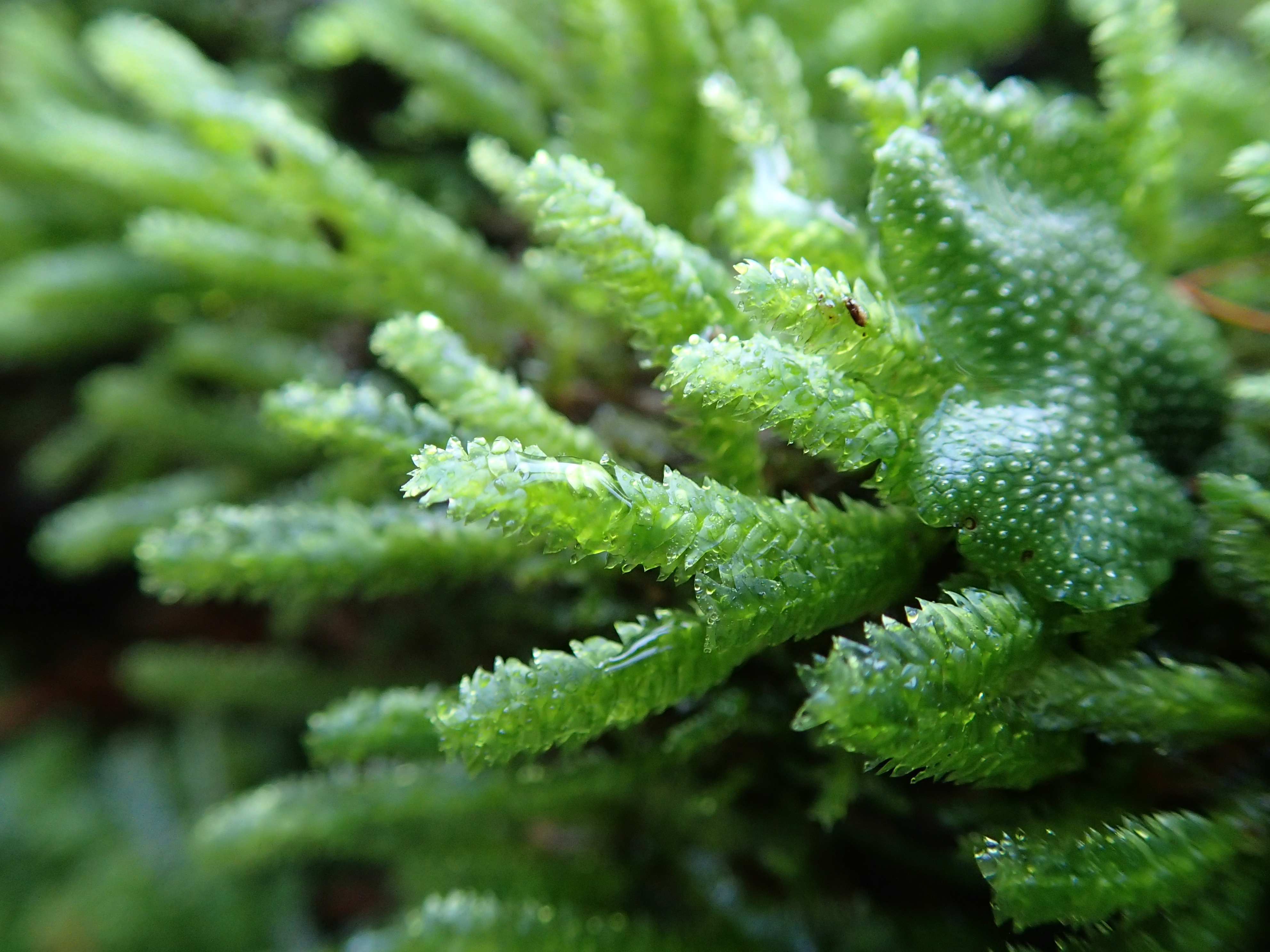|
Entodon Seductrix
''Entodon seductrix'', known as the seductive entodon moss or round-stem silk moss, is a species of Entodontaceae Entodontaceae is a family of mosses belonging to the order Hypnales. Genera As accepted by GBIF The Global Biodiversity Information Facility (GBIF) is an international organisation that focuses on making scientific data on biodiversity availa .... '' Entodon seductrix'' is one of several moss species previously described and named as one species, '' Neckera seductrix'' by Johann Hedwig. He was a German botanist who made many contributions to the study of mosses and is sometimes called the “father of bryology”. His description and naming of ''Neckera seductrix'' was published in ''Species Muscorum Frondosorum'' posthumously in 1801. German bryologist Carl Müller described it further and gave it its current scientific name in ''Linnaea'' published in 1846. References * * Flora of Michigan Entodontaceae Flora without expected TNC conservation s ... [...More Info...] [...Related Items...] OR: [Wikipedia] [Google] [Baidu] |
Entodontaceae
Entodontaceae is a family of mosses belonging to the order Hypnales. Genera As accepted by GBIF The Global Biodiversity Information Facility (GBIF) is an international organisation that focuses on making scientific data on biodiversity available via the Internet using web services. The data are provided by many institutions from around the ...: The figures in parenthesis denote how many species in each genus. References {{Taxonbar, from=Q1309246 Hypnales Moss families ... [...More Info...] [...Related Items...] OR: [Wikipedia] [Google] [Baidu] |
Johann Hedwig
Johann Hedwig (8 December 1730 – 18 February 1799), also styled as Johannes Hedwig, was a German botanist notable for his studies of mosses. He is sometimes called the "father of bryology". He is known for his particular observations of sexual reproduction in the cryptogams. Many of his writings were in Latin, and his name is rendered in Latin as Ioannis Hedwig or Ioanne Hedwig. Early life Hedwig was born in Brașov, Transylvania, on 8 December 1730. As the son of a shoemaker, he grew up in poverty. It was in his childhood he became fascinated with mosses.Isely, Duane. One Hundred and One Botanists. Purdue University Press, 2002. He went on to study medicine at the University of Leipzig, and received his medical degree in 1759. Career After receiving his degree, Hedwig worked as a physician for the next twenty years. When he was not granted a license to practice in Transylvania with his Leipzig degree, he worked as a general practitioner in Chemnitz. It was during this time ... [...More Info...] [...Related Items...] OR: [Wikipedia] [Google] [Baidu] |
Bryology
Bryology (from Greek , a moss, a liverwort) is the branch of botany concerned with the scientific study of bryophytes (mosses, liverworts, and hornworts). Bryologists are people who have an active interest in observing, recording, classifying or researching bryophytes. The field is often studied along with lichenology due to the similar appearance and ecological niche of the two organisms, even though bryophytes and lichens are not classified in the same kingdom. History Bryophytes were first studied in detail in the 18th century. The German botanist Johann Jacob Dillenius (1687–1747) was a professor at Oxford and in 1717 produced the work "Reproduction of the ferns and mosses." The beginning of bryology really belongs to the work of Johannes Hedwig, who clarified the reproductive system of mosses (1792, ''Fundamentum historiae naturalist muscorum'') and arranged a taxonomy. Research Areas of research include bryophyte taxonomy, bryophytes as bioindicators, DNA sequencing, ... [...More Info...] [...Related Items...] OR: [Wikipedia] [Google] [Baidu] |
Karl Müller (bryologist)
Karl Johann August (Friedrich Wilhelm) Müller (16 December 1818 – 9 February 1899) was a German bryologist and science popularizer. Prior to 1843 he worked as a pharmacist at several locations in Germany (Kranichfeld, Jever, Detmold and Blankenburg am Harz),Müller, Karl @ NDB/ADB Deutsche Biographie followed by studies in botany at the University of Halle (1843 to 1846). In 1843 he became an assistant editor of ''Botanische Zeitung''. Together with Otto Ule and , Müller founded the '' ... [...More Info...] [...Related Items...] OR: [Wikipedia] [Google] [Baidu] |
Flora Of Michigan
Flora is all the plant life present in a particular region or time, generally the naturally occurring (indigenous) native plants. Sometimes bacteria and fungi are also referred to as flora, as in the terms ''gut flora'' or '' skin flora''. Etymology The word "flora" comes from the Latin name of Flora, the goddess of plants, flowers, and fertility in Roman mythology. The technical term "flora" is then derived from a metonymy of this goddess at the end of the sixteenth century. It was first used in poetry to denote the natural vegetation of an area, but soon also assumed the meaning of a work cataloguing such vegetation. Moreover, "Flora" was used to refer to the flowers of an artificial garden in the seventeenth century. The distinction between vegetation (the general appearance of a community) and flora (the taxonomic composition of a community) was first made by Jules Thurmann (1849). Prior to this, the two terms were used indiscriminately.Thurmann, J. (1849). ''Essai de Phy ... [...More Info...] [...Related Items...] OR: [Wikipedia] [Google] [Baidu] |


